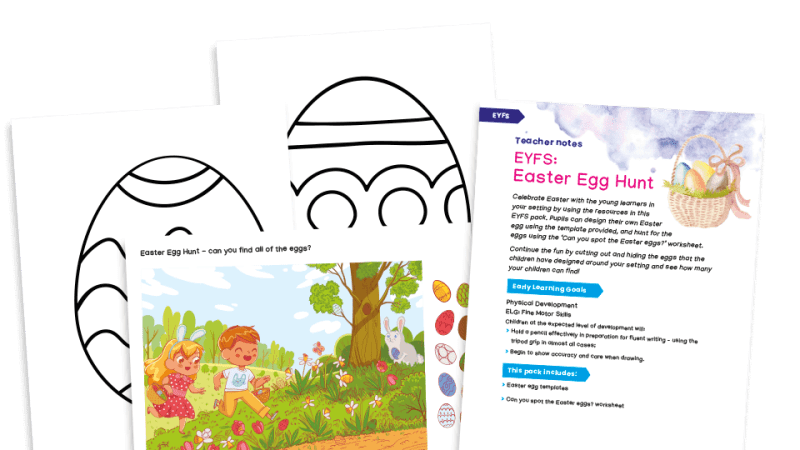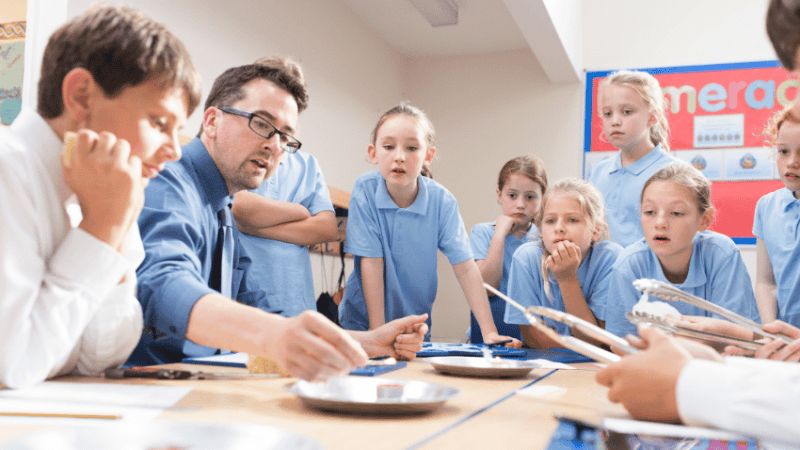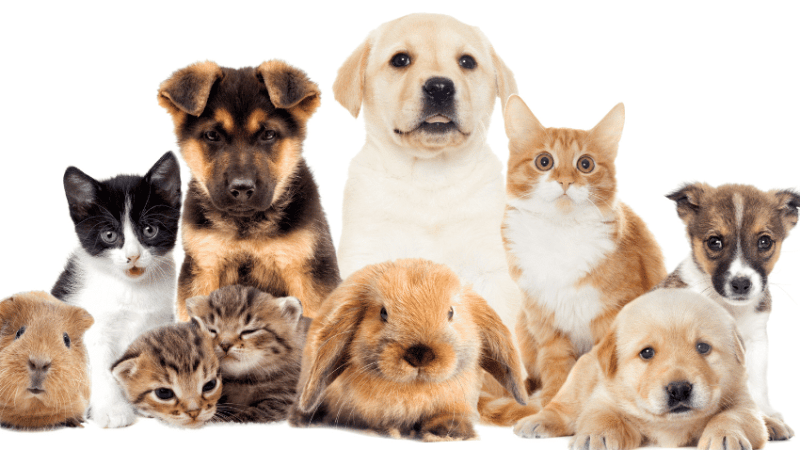KS2 science – genetics and inheritance activity with Mr Men
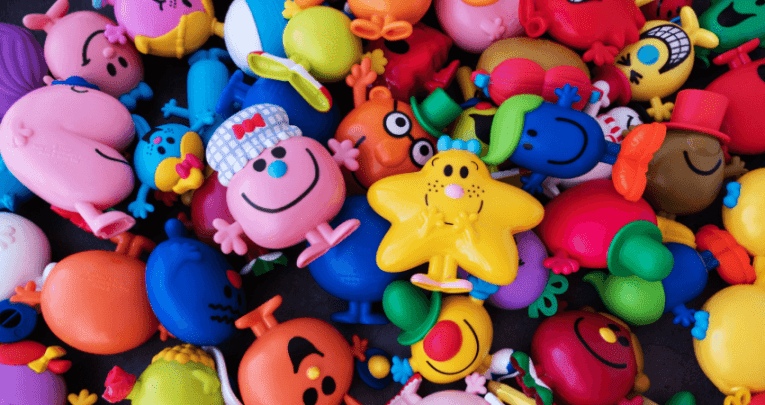
Figure out how characteristics are passed on through families with the help of the Mr Men…

- by Emily Weston
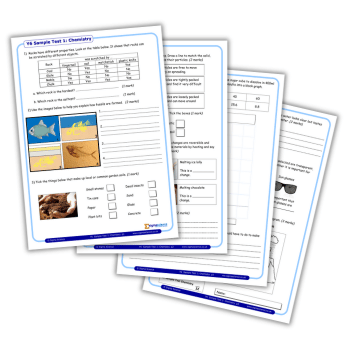
Science, I’ll be honest, is not my specialty.There are some topics within the subject that have endless opportunities for experiments and active learning, while others are more difficult. And that is what lead me to ‘Mr Men Inheritance’.
When I first started in Year 6, the evolution and inheritance topic seemed particularly daunting, as the concepts can seem quite abstract to children when you first explore them.
Online I saw someone using Mr Men to look at features of the body and wanted to further develop this into an inheritance lesson. Art, literature and science? You can’t go wrong!
1. Characteristics
Introduce the lesson through two Mr Men on the board. Encourage the children to have a discussion about what they can see without any further context.
This will you to observe what they can independently recognise. I always have this as the second lesson in the sequence, so there will be some knowledge of inheritance in place – will the children recognise the connection when looking at these images?
2. Combinations
Each child then needs to have a Mr Men and Little Miss picture. I choose to have as many different combinations as possible around the classroom.
Not only does this mean pupils can have discussions about their different ‘children’ as they complete the lesson, but their decisions will allow you to observe any misconceptions.
3. Hereditary traits
Next, ask the children to identify the features of the Mr Men which can be passed on through genes.
Pupils can then determine, through conversation, which features (eyes, nose, body colour, mouth, height) we can focus on for the ‘child’ to inherit.
Then, we can extend: is the hat something they can inherit?
4. Mr Men ‘children’
Children, after this conversation, will have a good grasp of what they can and can’t inherit and can then begin on their own work.
Using the Mr Men and Little Miss, they need to determine what the ‘child’ will look like. They will have multiple options to choose from, but I would expect to see them select some more prominent features while ensuring that both ‘parents’ are represented.
Get them to draw their ‘child’ into their science book and colour it in.
5. Technical vocab
Once complete, ask pupils to write out the features which have been inherited from each parent, or, to differentiate for more able pupils, ask them to write a paragraph explaining how inheritance has worked in this instance using technical vocabulary.
Emily Weston is a Year 6 teacher, who has been teaching for eight years in Swindon. Follow her on Twitter @primaryteachew







